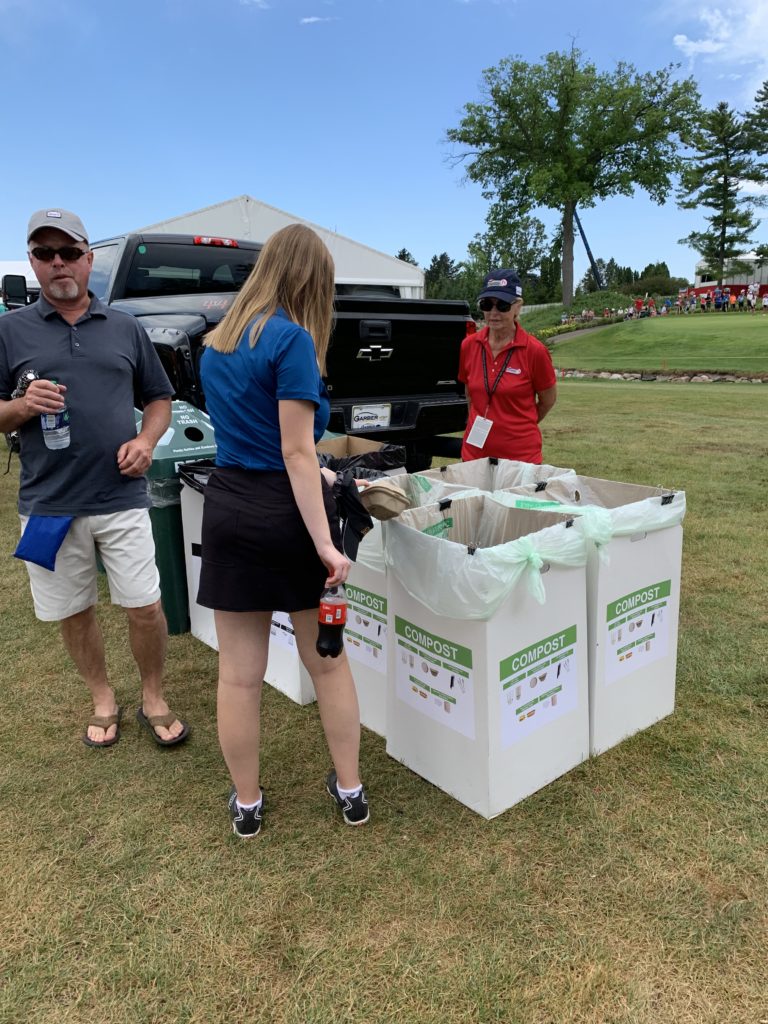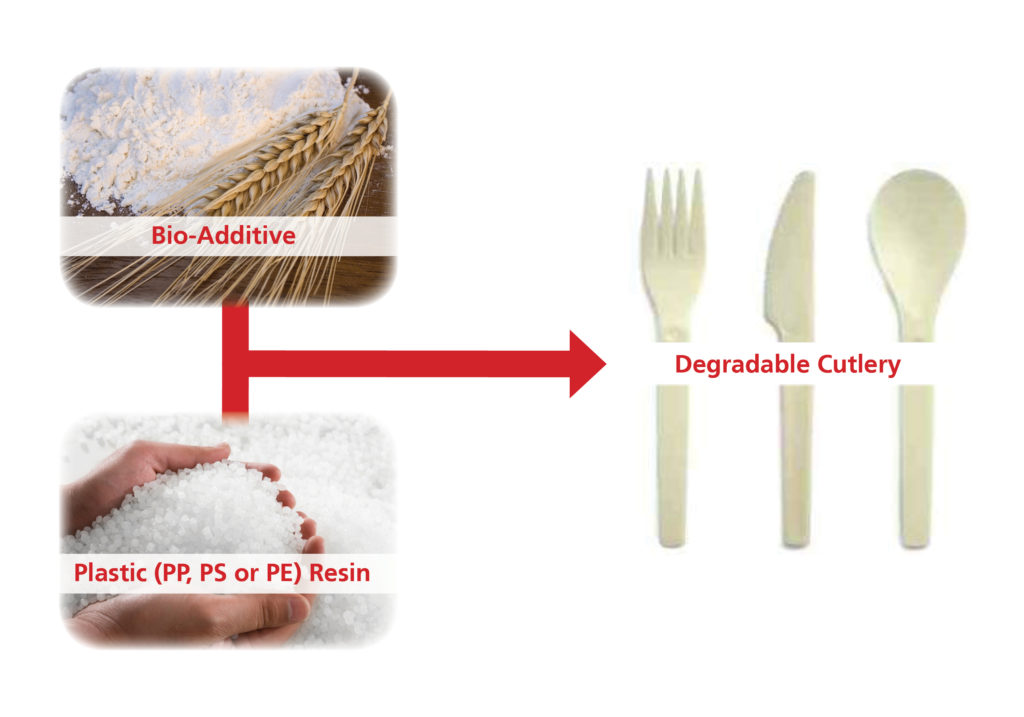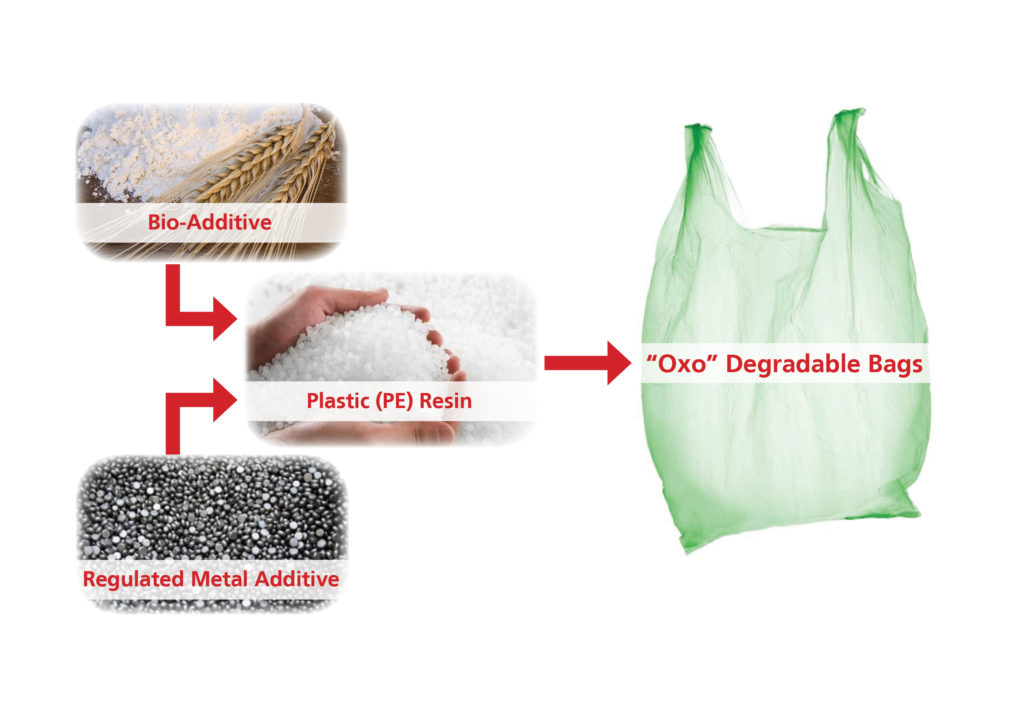
You wouldn’t paint your living room with a tooth brush… and it’s just as unlikely that Amazon will begin using Honda Civics to pull 53-foot trailers filled with last minute PRIME orders across the country (they wouldn’t get very far, and lots of people would be pretty upset that their zero-waste kitchen accessories didn’t arrive in two days… The point is, often success is directly related to using the proper tools.
Your zero-waste program is no exception. Utilizing the best products for each application is key to the success of your program. Whether it’s compostable bags and liners, compostable packaging, or compostable food service ware, make sure you select the products that are the best fit for your program!
Choosing the right products for your program
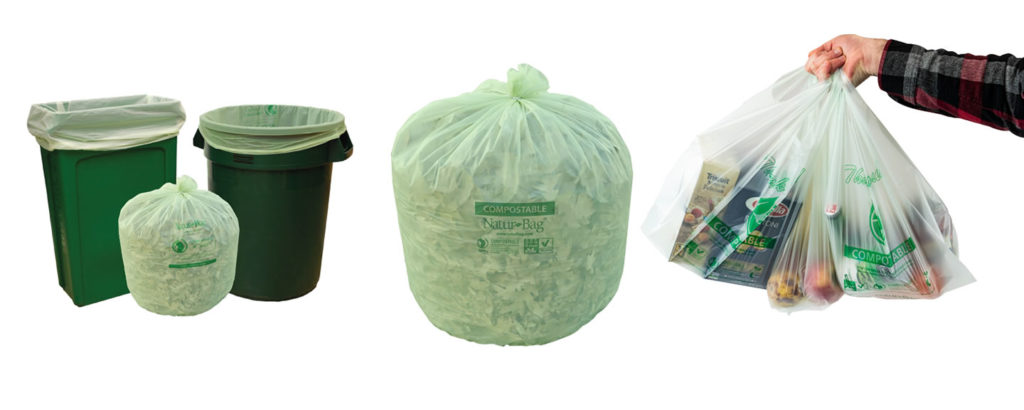
If you’re source-separating food scraps and compostable materials, be sure to use a certified compostable liner. Look for the Biodegradable Products Institute (BPI) logo on any compostable product to ensure compostablility. When collecting food scraps and organics, use a certified compostable liner which will integrate seamlessly into your zero-waste efforts. Visit https://naturbag.com/sizes/ to find the perfect bag/liner for any application.
For landfill and recycling collection, use liners made from post-consumer recycled plastics (PCR). Revolution Bag offers a wide range of bags and liners made from recycled materials. Using PCR materials reduces the use of virgin plastics and helps lower your carbon footprint!
Beware: Degradable Plastics
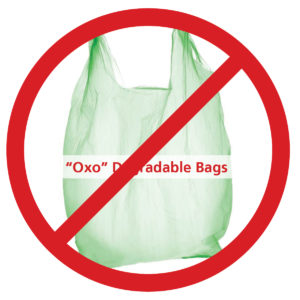
Due to lack of enforcement, and the pace at which the bioplastics industry is growing, you may encounter into products misleadingly marketed as compostable or biodegradable.
In both film extrusion and injection molding applications, there are additive technologies where bio-additives (such as starch) are added to traditional plastic (such as PP, PE, PS, etc.) and falsely marketed as compostable and biodegradable. These oxo-degradable products are often more damaging to the environment than traditional plastic! Avoid any materials marketed as “oxo-degradable”, or “biodegradable”. ALWAYS look for the BPI logo to ensure a product is certified compostable. You can learn more about oxo-degradable plastics here.
There are numerous sustainable options for food service ware and packaging to support your zero-waste efforts. Some of these applications are biobased (made from sustainable renewable feedstocks) and some are compostable – some are even both, such as Natur-Ware® cutlery. To learn more about the differences between biobased and compostable, visit the Bioplastics 101 page.
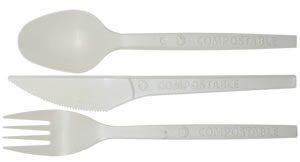
Continued Success
If you’re working towards zero-waste or improving your organics diversion efforts, it’s time to take another look at your collection bins. Your program likely has three bins: one for organics and compostables, one for recyclables, and one for landfill items. These bins and their placement have the power to greatly impact the success of your efforts.
Right-Sizing and Why it Matters
When evaluating your bins, the first thing to consider is: are they the right size? Each bin should be large enough to accommodate all the waste collected over a given period. When organics are concerned, always ensure bins aren’t too large – food scraps and organic waste often contain a lot of water, which makes them heavy. Save yourself or your employees the struggle of lifting heavy loads by properly sizing your collection bins!
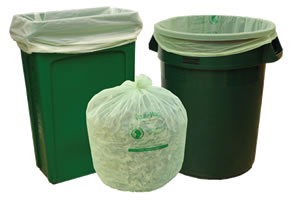
Another important step in “right-sizing” is using appropriately sized liners in your bins (remember recyclable items should be collected without a liner). Lining collection bins reduces the need for cleaning, detergents, water, saving you time and money. Using a liner that is too large uses more material than is needed, and often comes at a higher cost. Using a liner that is too small, or too thin, can lead to liners falling into the bin or breaking from heavy loads.
Work with your haulers to ensure dumpsters are properly sized and that collection intervals are effective based on the amount of each stream generated is the last step of right-sizing your program. Don’t overpay for an 8 cubic yard dumpster if your collection bins only generate 3 cubic yards of waste each collection period!
Sort Stations and Signage
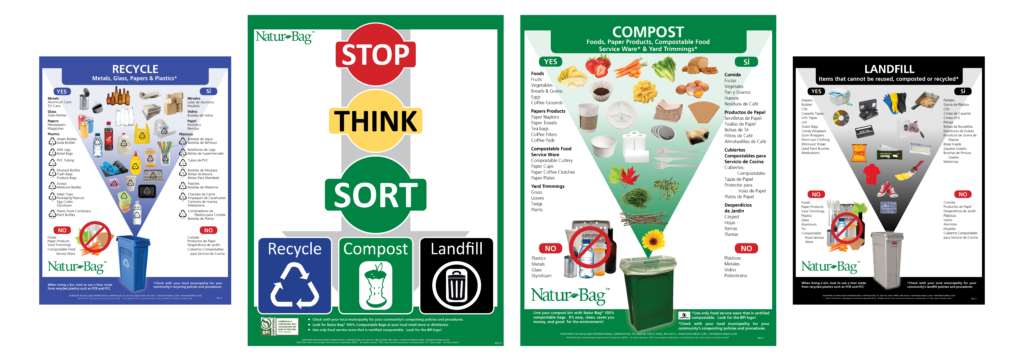
Participation and education are key to the success of any zero-waste program. Conveniently placed sort stations and appropriate signage encourages participation and increases the effectiveness of your efforts. It is important to have multiple easily accessible sort stations for all waste streams with effective signage that communicates educational messages and engagement with employees, fans, and residents. When implementing sort stations and signage, be sure to consider the following:
• Consistent color-coding of signs and bins
Green = Organics
Blue = Recycling
Black = Landfill
• Photos of products on signs to help eliminate confusion
• Multiple sort locations
• Effective sign placement (for example, above sorting stations)

Encourage participation and Control Contamination
Contamination occurs when waste streams are poorly sorted
and is most detrimental when organics and recyclables are concerned. Often, contamination occurs when waste is
improperly sorted. Your sort stations
and signage should make it easy for everyone participate in your waste
collection program. The goal is to have
all waste sorted perfectly…but this will not happen right away. Utilize emails, posters, and newsletters to
communicate information about your zero-waste efforts and keep employees
engaged. Review signage and bin
locations as necessary to reduce contamination.
Another great way to reduce contamination is bin tagging. Once your program is in place, audit
individual bins and “tag” them with scores or report cards. For example, a bin
for compost collection containing only compostable materials with little or no
contamination could earn an “A” grade, where a bin for recycling collection
containing recyclable materials and food scraps might earn a “B” or lower grade
depending on the amount of contamination. By auditing individual bins, you will
continue to educate employees, and identify areas for improvement.
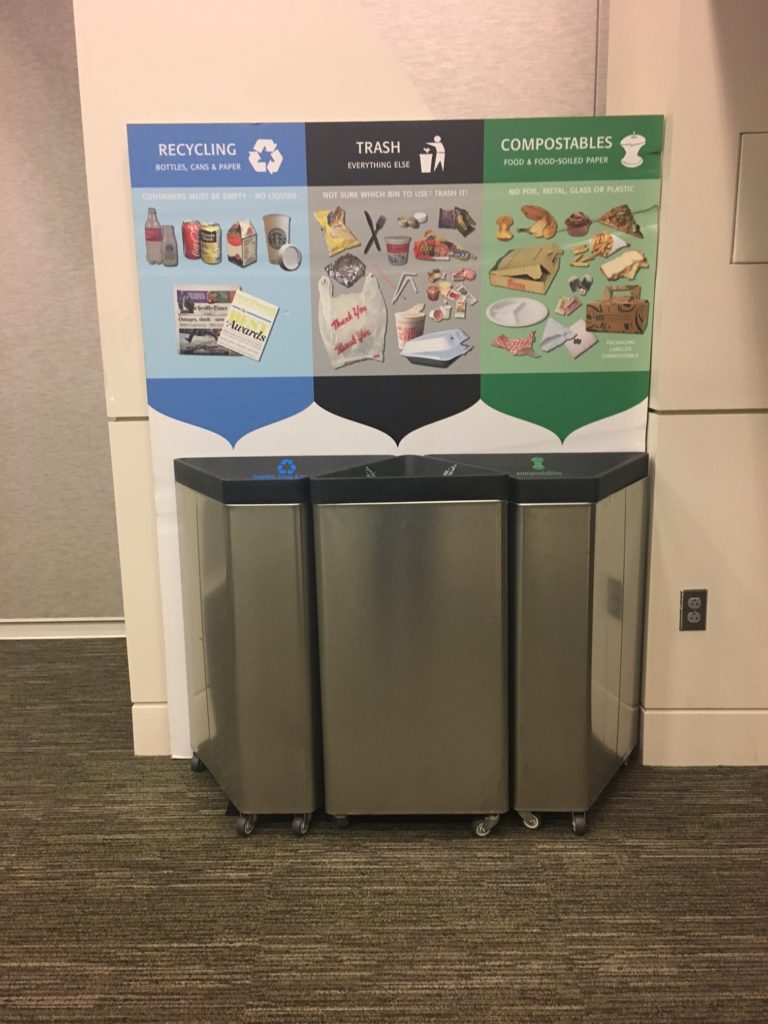
Continued Zero-Waste Success
As you continue your zero-waste efforts, establish a baseline for key metrics such as: diversion rate, volume of organics collected, and contamination rates. Use this baseline to measure your success and identify areas to improve upon. Tracking ongoing metrics will allow you to see the results of your efforts and assist in “telling your story”. Keep searching for new ways to innovate and improve over time and remember: there is no one-size-fits-all solution to zero-waste.
